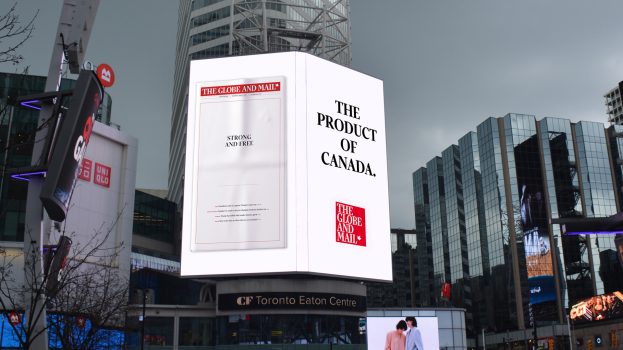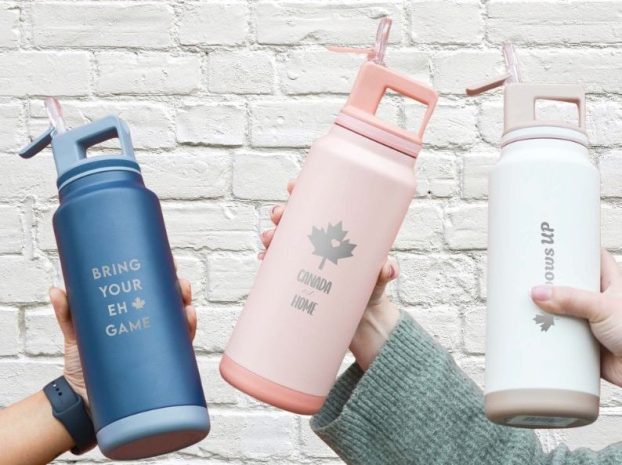Praises – judging by the new fall lineup, it looks like reality television has had its moment in the spotlight.
Of course there’ll be a place for the leaders that have fared very well – Survivor, Fear Factor among the winners. And, to be fair, we have always had reality shows such as Candid Camera and America’s Funniest Home Videos. But it looks like Hollywood has gotten over its creative block. And maybe as viewers we’ve also woken up from our reality-induced stupor. What a drug reality television has been.
Unfortunately, while this genre may have been seen as a way to repatriate the 18- to 49-year-olds, it didn’t give them anything that would cause them to stay.
Looking back on the last two to three years, the mind boggles at the wasteland the television landscape has been – littered with the remains of so many bad reality shows. Even the names of these shows lacked any kind of creativity. And like bad porn, their names demonstrate their creators’ disregard for the material and lack of respect for the participants. Names like Greed, Weakest Link, Fear Factor, Spy TV, Lost, Big Brother, Making of the Band, Who Wants to Marry a Millionaire? and Are You Hot? only serve to illustrate the utterly debasing nature of the programming.
It seems like both advertisers and viewers may have been grossed out enough. We have pushed the bounds of what might be considered acceptable for television to the limit. Do you really want to have your ad run in the same environment with someone barfing after trying to eat worms. Would you want your food product in such an environment? (Although it’s true Survivor has won big ad bucks while contestants eat vermin.)
Admittedly, these shows have represented good value from a media cost perspective. Perhaps the lower quality has been reflected in the rates. But should we be going after ratings at any cost? I think not. And how might the consumer perceive your brand when it is placed in such a negative environment?
We are all quick to cancel airline advertising when there is news of an airplane crash. Or more recently many of us gave instructions to television stations to not air our ads in war coverage. The concern is that the environment would damage our brands. Yet somehow we have been all too willing to run in these soul-stealing reality shows.
Has the recent spate of reality television done anything to enhance brands? One could argue that, while drawing viewers to sit through hours and hours of numbing reality television, these programs have actually damaged brands along the way. Something like this is difficult to measure but we know intuitively there’s a quality transfer that happens.
We are seeing trends of increased focus on values and sense of community – this is incongruous with images of back-biting, boyfriend stealing, etc. Conspicuous consumption has given way to a focus on quality and that includes quality in one’s entertainment choices. There may be hope for us after all.
Maybe in a sick sort of way, this was the producers’ attempt to say to overpriced actors and unpredictable strike-threatening writers that ‘we don’t need you.’ But if television is to continue as a viable medium that offers a good value exchange – i.e. decent quality programming in exchange for ads served up to the viewer, we need to carefully consider what we are doing.
Advertisers want programs that deliver a receptive audience – one that is likely to be open to the advertised message. The more bad television we give viewers, the less respect they will have for the medium, and the more likely they will be to reject the advertised messages as well. After all there is still the perception that advertising pays for programming. It’s a good thing the spate of uncreative, reality programming is abating. I would say that advertisers haven’t been getting their money’s worth.
Andeen Pitt is media director at Wasserman & Partners Advertising in Vancouver. She can be reached at APitt@Wasserman-Partners.com.























